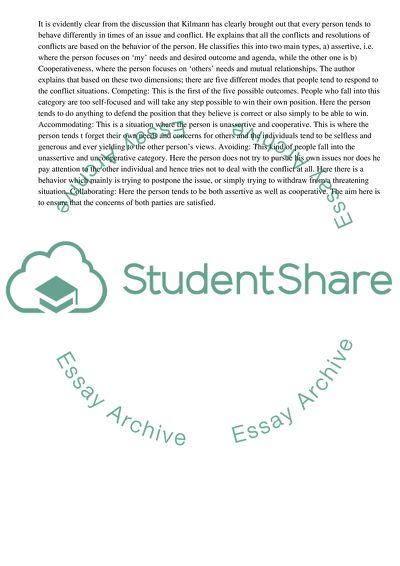Cite this document
(“Conflict Resolution and Organizational Culture Case Study”, n.d.)
Conflict Resolution and Organizational Culture Case Study. Retrieved from https://studentshare.org/management/1741322-exam-two
Conflict Resolution and Organizational Culture Case Study. Retrieved from https://studentshare.org/management/1741322-exam-two
(Conflict Resolution and Organizational Culture Case Study)
Conflict Resolution and Organizational Culture Case Study. https://studentshare.org/management/1741322-exam-two.
Conflict Resolution and Organizational Culture Case Study. https://studentshare.org/management/1741322-exam-two.
“Conflict Resolution and Organizational Culture Case Study”, n.d. https://studentshare.org/management/1741322-exam-two.


